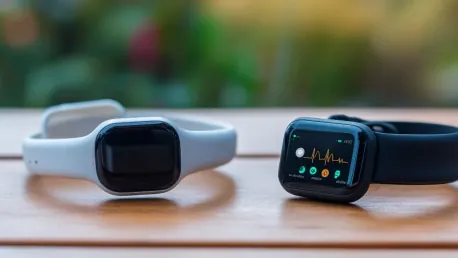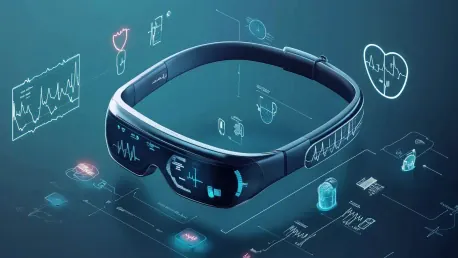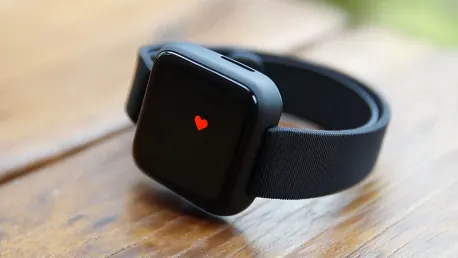
Healthcare wearable technology has revolutionized the way we monitor and manage our health, offering real-time insights into individual health metrics. These devices provide continuous health monitoring, unlocking a new era in healthcare delivery and consumer engagement. Despite the numerous

Medical technology has traditionally been the domain of healthcare professionals, but recent advancements are pushing high-tech medical devices into the hands of consumers for home use. Devices that were initially used for basic health monitoring, such as step counting and sleep tracking, have

The rapidly evolving field of wearable health technologies is reshaping the landscape of remote healthcare, offering unprecedented benefits for both patients and healthcare providers. These advanced tools are revolutionizing patient monitoring, care delivery, and outcomes by enabling continuous and

In recent years, wearable technology has seen a meteoric rise in popularity, transforming from niche gadgets to essential tools for health and fitness enthusiasts. The market for these devices is booming, with projections indicating a significant financial surge in the coming decade. As consumers

The world of wearable electronics is undergoing a remarkable transformation, moving from the early days of bulky smartwatches and fitness trackers to a future where technology is seamlessly integrated into our daily lives. These "invisible wearables" are designed to be felt rather than seen,

Wearable technology is on the brink of a significant transformation, driven by advancements in sensor technologies. By 2025, wearables are expected to offer a wide range of functionalities, far beyond simple tracking and basic monitoring tasks. This article explores the future of wearable